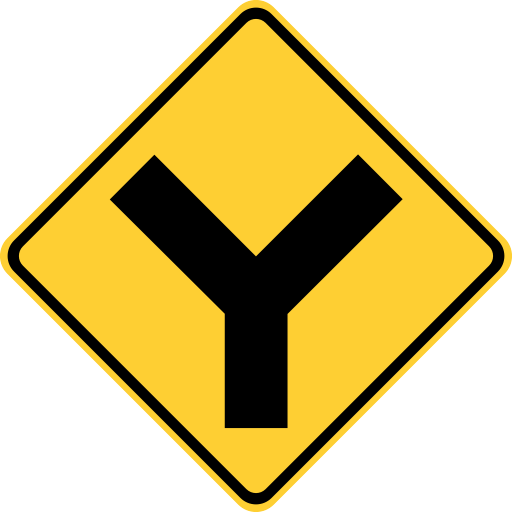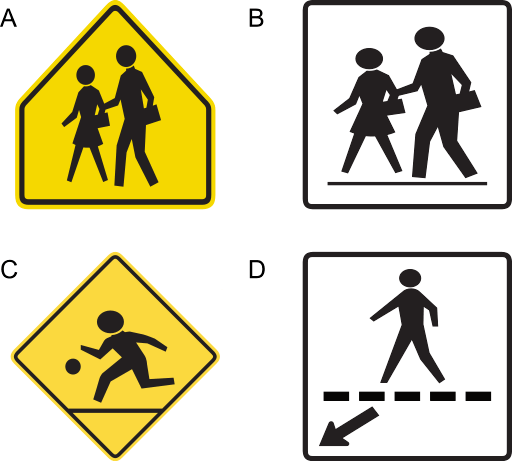DMV Practice Test #2
Which of the lane markings' aforementioned claims is true?
If there is a solid white line between two lanes of traffic, you should stay in that lane unless a unique circumstance calls for you to do otherwise.
You've arrived to an uncontrolled crossroads. Another vehicle arrives to your left at the same time. Who gets the right of way?
When two vehicles arrive at an uncontrolled intersection at the moment, the car on the left must yield to the one on the right.
Check for hazards __________ your vehicle when changing lanes.
Before entering another lane, check for traffic ahead, behind, and beside your car.
What exactly is meant by the "two-second rule"?
Keep an eye on the car in front of you and ensure there are at least two seconds between the time it passes a landmark and the time you give the same milestone.
A driver is required to notify the DMV of a severe collision within
If more than $1,000 in property damage or any injuries (no matter how minor) were sustained as a result of an accident, you are required to report it to the DMV within 10 days.
If all the rear seats are already occupied by children under 7 years of age, a child under 8 years of age may
When all of the back seats are already occupied by children who are 7 years old or less, a kid under the age of 8 may ride in the front seat of a vehicle if properly restrained in a child passenger restraint system that has received government approval.
When should your high-beam headlights be turned on?
Use your high beams on unknown routes, in construction zones, or where there may be people along the side of the road but no incoming vehicles. High beams provide twice the visibility of low beams.
The meaning of this sign is?

This sign indicates a Y-intersection. The road ahead forks into two different lanes heading in opposite directions. It would help if you were prepared for other vehicles to cross your path and be prepared to turn in either direction.
You notice a bus approaching a right turn in the lane to your right. What should you keep in mind?
Due to their large turning radius, buses and trucks may need to shift into the left lane to perform a right turn.
Which one of these signs indicates that you are approaching a school?

A pentagon shape with a yellow color is used to indicate a school zone.
Who has the right-of-way when the light turns green if you are at an intersection and a bicycle is next to you on your right?
Green indicates go at a traffic light. Even so, if there is a car, a bicycle, or a pedestrian in the junction, you must stop. Only move forward if there is sufficient room to avoid endangering any approaching vehicles, cyclists, or pedestrians.
In favorable weather and at 55 mph, a passenger car can stop within
An average passenger car will need to travel around 300 feet at 55 mph in ideal circumstances before coming to a complete stop. It will take a huge car driving at the same speed about 400 feet to halt.
To prevent tailgating, adhere to the
Tailgating is the primary factor in most rear-end collisions. Make use of the "three-second rule" to prevent tailgating: It should take your car around three seconds to get to a fixed place, such a sign, after the car in front of you passes it. "One thousand one, one thousand two, one thousand three" is the correct way to count three seconds.
In the following circumstances, you may use your horn:
To alert children, bicycles, pedestrians, and motorists that you are passing, use your horn. To wake up a tired or inattentive motorist, honk your horn. As you round dangerous curves, don't be afraid to use your horn to alert other cars that they are not alone on the right road.
If the center dash stripe has a broken yellow line on your side, then
You may cross a broken yellow line on your side of the center dash stripe for passing if it is safe to do so.
What should you do initially if your car is having difficulty and you need to stop?
Make sure other drivers can see your car if it breaks down on the road. If at all possible, pull off the road and away from all vehicles. Your emergency flashers should be on. Place emergency flares or triangles 200 to 300 feet behind the car and lift the hood to signify an emergency.